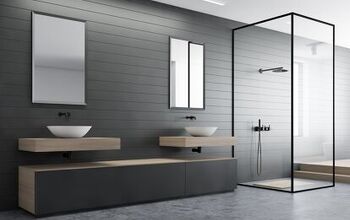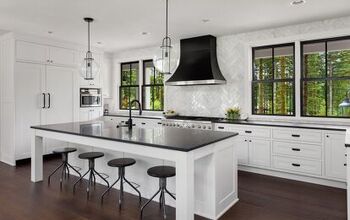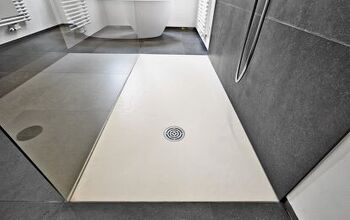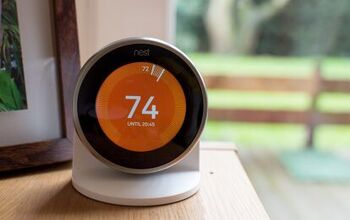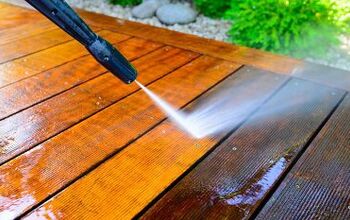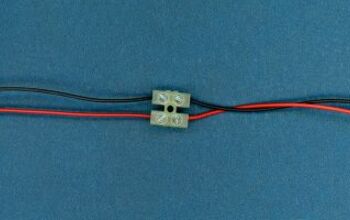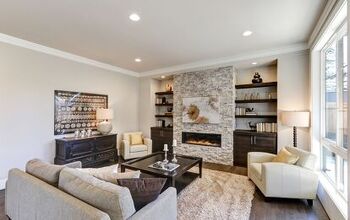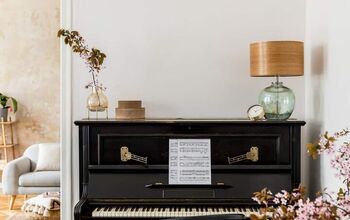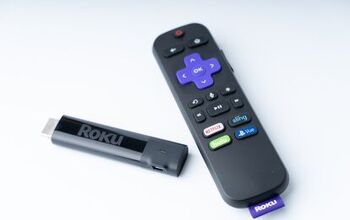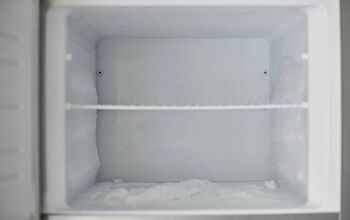Lifestyle Inflation: The Little Things That Add Up After Buying A Home

Buying a home is the ultimate milestone for many people, showcasing their success and symbolizing their transition into adulthood. It’s certainly a source of pride and often the result of plenty of hard work and financial discipline. But after closing day, with keys in hand, something sneaky starts to creep into being: lifestyle inflation.
Buying a home can lead to a gradual increase in expenses that throws your budget out of balance. Overspending on new furniture, decor, subscriptions, maintenance services, and other house-related items drains savings and builds debt. Upgrading to keep up appearances and ignoring costs out of a feeling of entitlement also contribute to lifestyle creep.
What Is Lifestyle Inflation?
Lifestyle inflation, better known as lifestyle creep, is when people increase their spending following a bump in income or lifestyle. For example, they get a promotion and buy a new, more expensive car, or they move to a bustling city and start spending more on entertainment.
After purchasing a home, lifestyle creep can take many forms, like bigger utility bills, new furniture, home décor hauls, landscaping upgrades, and maintenance services. When you look at each expense individually, it might seem small, but they add up quickly, quietly eating away at your savings or turning into debt.
And it’s these little things that add up that homeowners need to pay attention to. Buying a house can drain your wallet in no time if you don’t focus on your spending and make a plan for your money.
How Home Ownership Contributes To Lifestyle Creep
Here are some of the most common spending traps homeowners fall into, and how to keep your financial footing while still enjoying your new home.
1. Early Excitement Leads To Shopping Sprees
You spend months (or even years) saving for a down payment, hassling with lenders, and jumping through negotiation hoops. Therefore, it’s understandable that you want to let loose after closing on your new home. It’s likely the biggest purchase of your life, and your emotions are in maximum overdrive.
Suddenly, you want to replace your old couch, spruce up your bedroom set, or maybe splurge on that expensive espresso machine. Your new home has a large patio, so of course, you need outdoor furniture and a sweet, new grill.
With each purchase, you tell yourself it’s just one thing, but before you know it, you’ve spent hundreds or thousands. Your emotions are driving the decision bus, and you’re still riding the high of being a new homeowner.
2. New Homeowners Often Underestimate The Costs Of Owning A Home
Homeownership comes with a never-ending list of to-dos, and many first-time buyers underestimate maintenance costs. As renters, most people don’t have to worry about HVAC maintenance, pest control, or roof repairs. If an appliance breaks, the landlord replaces it.
However, when you buy a home, it’s all your responsibility. Plus, you have property taxes, homeowners' insurance, and ongoing home maintenance. Utility bills are often higher, too, and the overall expenses for upkeep can add up quickly.
3. Trying To Keep Up Appearances
One of the biggest reasons for lifestyle creep is trying to maintain a certain image or way of life. Even if you can’t afford something, once you own a home, you may feel like you have to buy certain things to maintain a particular image.
It’s easy to see potential upgrades everywhere, from the kitchen backsplash to the bathroom vanity. It might start out small, like painting rooms or changing out outdated hardware. But projects can escalate as you get carried away in the excitement, leading to larger renovations.
Social media makes this worse, with people showing off their homes and latest acquisitions. They don’t show the less-glamorous side of things or how much debt it takes to get there. You start trying to keep up with the Joneses, and you end up spending way beyond your means.
In reality, your home doesn’t need to be picture-perfect right away. It’s better to take your time and tackle upgrades gradually. Wait until you can afford them without taking out loans.
There’s an added advantage to patience. You may end up realizing you don’t actually want certain upgrades. Or you come up with an even better idea when you give yourself more time to think things through.
4. Going Overboard On Subscriptions And Services
Another source of lifestyle inflation triggered by home ownership is the pursuit of convenience through purchasing services. For example, cleaning crews, a lawn care plan, routine pest control, and security monitoring can add up to hundreds of dollars a month.
These services can indeed be useful and help you maintain and protect your investment. However, if your budget can’t handle the costs, they can eat away at your wallet, putting a strain on your finances.
Plus, it’s easy to add various plans here and there until you don’t realize everything you’re spending. Other subscriptions also start to add up, like faster internet, meal-prep services, and streaming plans that you may not have used when you were renting.
5. Giving Into The “I Deserve It” Mindset
Owning a home often creates a sense of financial stability, to which in many cases it can certainly contribute. However, it doesn’t make you immune to overspending or making financial mistakes.
It's true, you just achieved something huge, but that achievement can also make you give into the feeling that you deserve things. You think, “I just bought a house for $350,000! I can afford $500 on some patio furniture.”
This kind of thinking feels reasonable at the moment, but you need to be careful with it. It tends to normalize spending, so you fail to consider the long-term effects. If you spend every extra cent, what happens when property taxes go up or the roof starts leaking?
The Long-Term Impact Of Lifestyle Inflation
Lifestyle creep isn’t just about living paycheck to paycheck and how it affects you at the moment. If you give in to lifestyle inflation, you end up jeopardizing your future finances, too.
You reduce your ability to save, invest, and prepare for your future. You put yourself in a risky position if an emergency were to strike. You also get used to a more expensive way of living, so if you ever have to downgrade, it’s all the more difficult.
Basically, beware of lifestyle creep, because it can lead you to places you don’t want to be, and you could end up house poor. You’ll own a nice home, but you won’t be able to do much else or go anywhere beyond your front yard.
Tips To Avoid Lifestyle Inflation And Balance The Budget
Knowing about lifestyle inflation is half the battle. To prevent it from taking over your finances, try these practical tips after buying a home.
- Rebuild Your Savings Immediately. If you drained your savings account for a down payment, moving, and closing costs, it’s time to replace it as quickly as you can. You don’t want to be a homeowner without an emergency fund. In fact, many experts recommend not buying a home until you’ve also saved up 3 to 6 months of living expenses.
- Create A Sinking Fund For Home Maintenance. The rule of thumb for home maintenance is to save 1% to 4% of your home’s value annually. Divide this number by 12 and put this amount in a high-yield savings account each month to create a budget for upkeep and repairs. (You can create a similar account for annual services.)
- Plan For Upgrades And Purchases. Live in your new home for at least 6 to 12 months before you plan any major upgrades. Get multiple quotes and start saving, so you can pay for renovations in cash. Create a line item in your budget for decor, but wait 24 hours before purchasing to avoid impulse spending.
- Audit Recurring Expenses. Every three months, review your subscription and service plans to see which ones can go. You may also be able to negotiate a better deal or switch to a less-expensive carrier.
- Love Your Home, Not Someone Else’s. Don’t fall into the comparison trap. Love the home you’re in and quit trying to appeal to someone else’s idea of what looks good.
- Stay Focused On Long-Term Goals. Have a clear plan for your future goals, whether it’s retiring early, traveling more, or saving for your kid’s college. Keep these goals visible, so you don’t let unnecessary upgrades derail your progress.
Don’t Let Lifestyle Inflation Leave You Feeling Deflated
When you buy a home, it’s definitely something to celebrate, but celebrating your accomplishment doesn’t mean spending beyond your means. Remember, the little things add up, and if you’re not paying attention, you could find yourself house poor.
The happiest homeowners aren’t always the ones with the latest design trends or the most expensive stove. Breathing room in your finances is a much better feeling. You actually can enjoy your home instead of your stomach turning into knots every time you walk through the door.
In the end, lifestyle inflation is all about the little expenses that lead to big financial setbacks. Be alert and aware, and you can stop lifestyle creep in its tracks, enjoy your home, and protect your financial future.
Related Guides:
- Understanding The Hidden Costs Of Home Ownership
- How Much Does It Cost to Furnish a House?
- How Much Does A Kitchen Island Cost? (Average Rates)

Stacy Randall is a wife, mother, and freelance writer from NOLA that has always had a love for DIY projects, home organization, and making spaces beautiful. Together with her husband, she has been spending the last several years lovingly renovating her grandparent's former home, making it their own and learning a lot about life along the way.
More by Stacy Randall










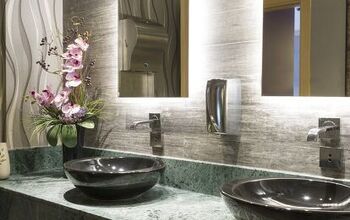
![10 Best Scroll Saws for 2022 [Ultimate Reviews & Buyer's Guide]](https://cdn-fastly.upgradedhome.com/media/2023/07/31/9070684/10-best-scroll-saws-for-2022-ultimate-reviews-buyer-s-guide.jpg?size=350x220)
